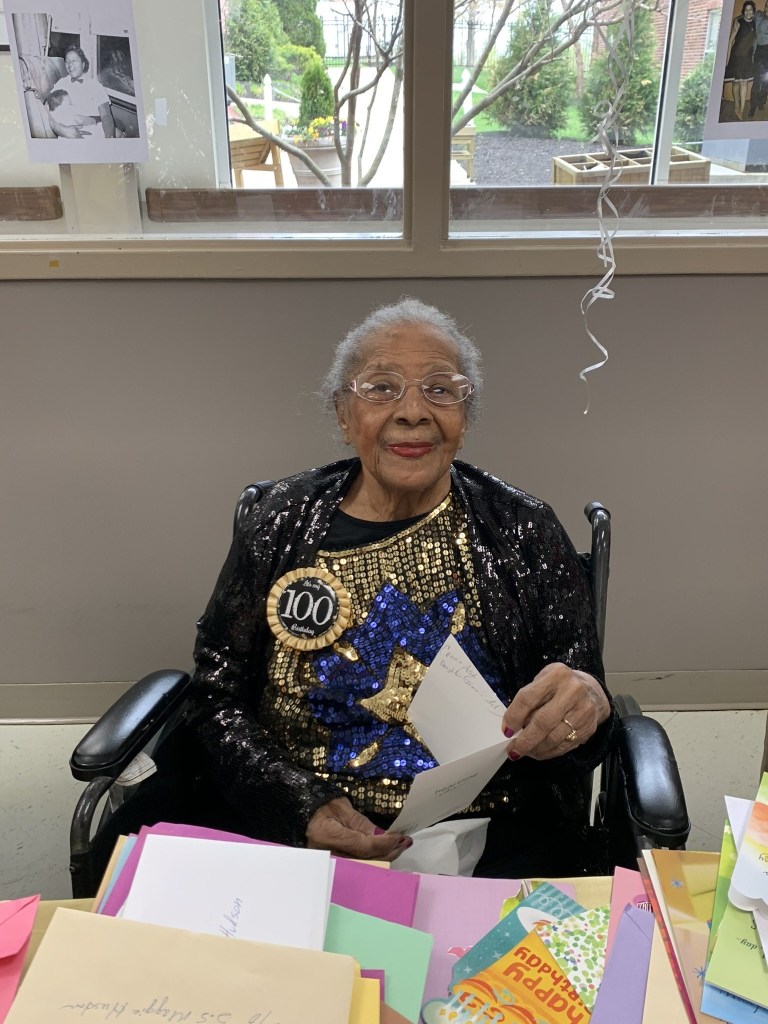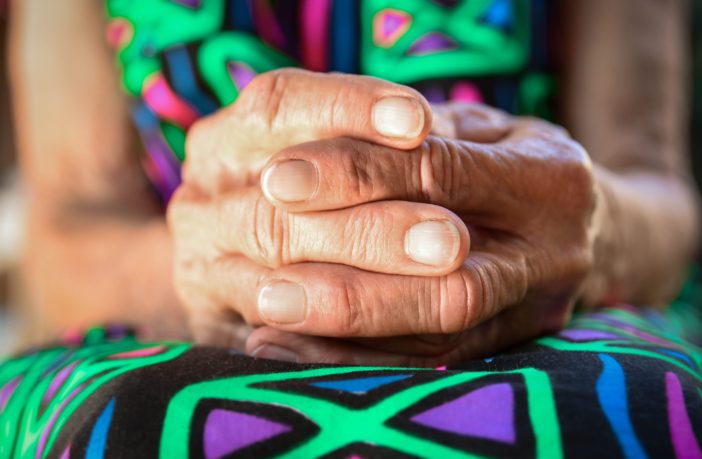By Aria Brent,
AFRO Staff Writer,
abrent@afro.com
According to a 2022 report shared by the Center for Disease Control and Prevention’s National Center for Health Statistics (NCHS) “life expectancy at birth in the United States declined nearly a year from 2020 to 2021.”
Though the percentages vary from each demographic, Black people were reported to have a life expectancy that’s six years shorter than their White counterparts. The NCHS “life expectancy for Black people was only 70.8 years compared to 76.4 years for White people and 77.7 years for Hispanic people.”
History lessons may portray what 100 years of the African American experience is like, but to live and discuss it is a priceless privilege. As National Centenarian’s Day is celebrated each year on Sept. 22, the AFRO spoke with several Black elders who have defied the statistics by living to be 100 years old or older.
Mary Smith is a 102-year-old native of Columbus, Ohio who has lived in the state all her life. She retired from her position as a dietician assistant at The Ohio State University Hospital in 1978 and now spends most of her days relaxing and enjoying strawberry ice cream.
102-year-old Mary Smith is the oldest living member at her church, Hope Lutheran Church. (Photo Credit: Image Courtesy of Jada Dunwoody-Brent)
“We were one of the first Black families to join Hope Lutheran Church. We had just moved into the neighborhood, and the pastor came around inviting us to come to Sunday service,” recalled Smith. “Before us, there weren’t any Black folks at Hope.”
Living before, during and after historical events like World War II and the Civil Rights Movement has provided African-American centenarians with many unique experiences. None of the elders we interviewed planned to make or be a part of history, they were simply living their lives. It wasn’t until much later that they realized the contributions they had made to this world.
“I was hired during the second World War because all of the men had gone off to serve and they needed workers. I worked as a porterette and I would call out the stations and help passengers on and off the train,” stated Maggie Hudson, 104, when explaining how she got her job as the first woman to work on the B&O railroad system.
Hudson was a native of Shuqualak, Miss., before moving to Baltimore in 1943. She had the same duties as a traditional Pullman porter–a role that traditionally was filled by Black men.
 104-year-old Maggie Hudson made history by being the first woman to work in the B&O Railroad System. (Photo credit: Image Courtesy of Latronya Weary)
104-year-old Maggie Hudson made history by being the first woman to work in the B&O Railroad System. (Photo credit: Image Courtesy of Latronya Weary)
Through her position with the Baltimore and Ohio Railroad (B&O) system she blazed a trail for equal pay and women as an entirety.
Much like Hudson, Smith also took on a position that was traditionally worked by a man when the United States got involved in WWII. She was one of the many women who worked in a factory and did the labor that is best portrayed by the Rosie the Riveter character.
“During the day I worked at the hospital and at night my mother would watch my children while I went to work at the factory. I made parts for the fighter planes,” Smith explained.
Like many others during that time, Hudson ended up making a career out of what she thought would just be a job. She did it because she enjoyed the work she did and the pay was nice, however this wasn’t the case for everybody.
“When I went to art school I attended for about a year and then my wife got pregnant,” said 100-year-old Thomas Taylor. “I thought maybe I should get a position where I made better money. I needed to provide for everything we needed. That’s why I left art school, to get a job that was more efficient.”
Before moving to New York in 1952 for art school, Taylor served in the U.S. Coast Guard during the second World War. Once he returned from the war, Taylor worked in the steel mills in his hometown of Johnstown, Pa. before he pursued his education in art. He continued to work in the industrial field as a welder until he retired in 1983.
Although his passion for the arts was one he never fully nurtured, he was grateful for the opportunity to work and provide for his family. He made personal sacrifices for the sake of his family. This is something that 100-year-old Doris Tate knows very well.
Tate is a native of Charm City and despite never getting the chance to be a full time teacher she worked in Baltimore City Public Schools in a series of roles. She was working as a substitute teacher when she retired in 1985.
“For the last 79 years, I have kept and taken care of my son who has special needs. I look at it like this: God has a plan for all of us,” Tate expressed. “Evidently the plan he had for me was to give me this child that couldn’t take care of himself. I gave up what I wanted to do, which was go to college and be in the school system as a certified teacher. It’s something I wish I would’ve been able to do but I couldn’t do. My son still lives with me and I feel as though this is the plan that God had for me and I have accepted it.”
Even with a century’s worth of experiences under their belts, none of our interviewees are showing signs of slowing down. When asked about their secrets to a lengthy life, many of them attributed their grand age to them being blessed, noting that they didn’t do anything special to become a centenarian.
“I don’t know what my secret is. I haven’t done anything special to make myself live this long. Maybe it’s my belief in Jesus Christ, my savior that has kept me alive,” Smith shared.
Taylor shared similar sentiments.
“I had an ordinary life and I’ve never had any major illnesses. Truth be told, I think me living so long has a lot to do with who I married,” explained Taylor. “My wife was really into health and wellness so maybe that helped.”



